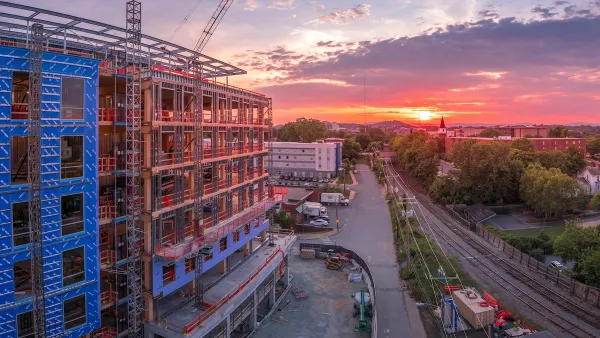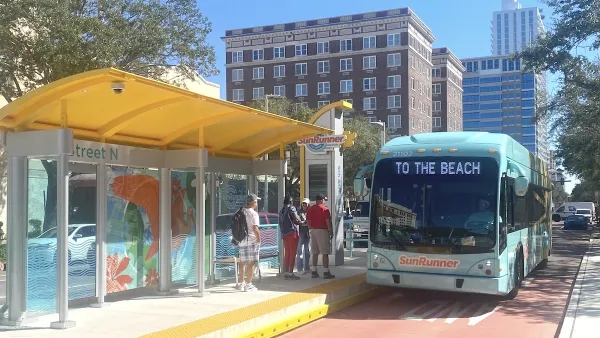Yesterday’s Washington Post contained a list of elite public schools- schools where the average student SAT is over 1300. Since suburban schools generally have better reputations than urban schools, one might expect that all the schools on the list would be in prestigious suburban school districts. But in fact, this is not the case. Three New York City schools (Stuyvestant, Hunter College, Bronx High) and one school near downtown Richmond (Maggie Walker) are on the high-SAT list- despite the fact that the New York City and Richmond school districts, like nearly all urban school districts, have mediocre reputations.
Yesterday's Washington Post contained a list of elite public schools- schools where the average student SAT is over 1300. Since suburban schools generally have better reputations than urban schools, one might expect that all the schools on the list would be in prestigious suburban school districts. But in fact, this is not the case. Three New York City schools (Stuyvestant, Hunter College, Bronx High) and one school near downtown Richmond (Maggie Walker) are on the high-SAT list- despite the fact that the New York City and Richmond school districts, like nearly all urban school districts, have mediocre reputations.
What do these schools have in common? All of them are selective "exam schools" rather than typical public neighborhood schools. While most neighborhood schools must accept all comers, these schools can screen out low-achieving students.
The success of exam schools explodes the common idea that a school's success is due to the competence of its school system. If this were so, exam schools would be as unsuccessful as other urban schools. But the success of exam schools suggests that a school's success or failure reflects students' ability to succeed going into school: if a school has smart children, those children will have high test scores no matter what the school boards and bureaucrats do- and if a school has low-achieving children, the bureaucrats aren't likely to turn them into high-SAT students.
This reality, in turn, explodes two common myths - one cherished by suburbanites, and another cherished by political liberals. The suburban myth is that their "good" schools are due to their bureaucrats' own honesty and diligence. But if allegedly incompetent urban school districts have schools with better results, this claim is factually incorrect. Instead, suburban schools' success arises from their ability to use zoning to exclude disadvantaged households (which, all else being equal, are more likely to produce low-achieving students): the more exclusion, the better the test scores, and the better the reputations of the schools.
The liberal myth is that with enough money, low-performance urban schools can be brought up to suburban standards. But if students' performance reflects their pre-admission skills, this view seems implausible. I do not deny that schools can make a difference- but that difference may not be enough to make up for inequalities caused by natural differences in ability and differences caused by social disadvantage.

Maui's Vacation Rental Debate Turns Ugly
Verbal attacks, misinformation campaigns and fistfights plague a high-stakes debate to convert thousands of vacation rentals into long-term housing.

Planetizen Federal Action Tracker
A weekly monitor of how Trump’s orders and actions are impacting planners and planning in America.

In Urban Planning, AI Prompting Could be the New Design Thinking
Creativity has long been key to great urban design. What if we see AI as our new creative partner?

King County Supportive Housing Program Offers Hope for Unhoused Residents
The county is taking a ‘Housing First’ approach that prioritizes getting people into housing, then offering wraparound supportive services.

Researchers Use AI to Get Clearer Picture of US Housing
Analysts are using artificial intelligence to supercharge their research by allowing them to comb through data faster. Though these AI tools can be error prone, they save time and housing researchers are optimistic about the future.

Making Shared Micromobility More Inclusive
Cities and shared mobility system operators can do more to include people with disabilities in planning and operations, per a new report.
Urban Design for Planners 1: Software Tools
This six-course series explores essential urban design concepts using open source software and equips planners with the tools they need to participate fully in the urban design process.
Planning for Universal Design
Learn the tools for implementing Universal Design in planning regulations.
planning NEXT
Appalachian Highlands Housing Partners
Mpact (founded as Rail~Volution)
City of Camden Redevelopment Agency
City of Astoria
City of Portland
City of Laramie






























